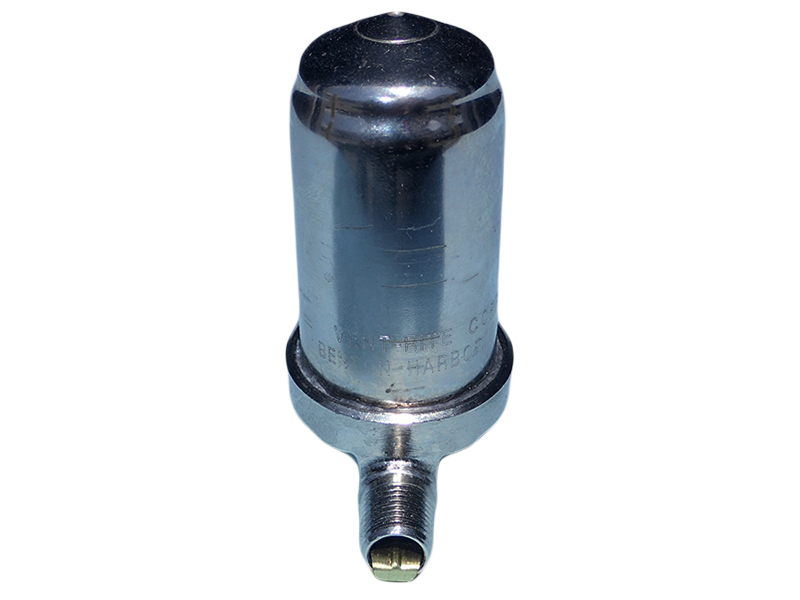
Air Vents
- Available for one or two pipe steam systems, plus hydronic and process applications
- Comes as small as 1/8" and as big as 2"
- Angle or vertical connections, manual or automatic
Whether it’s a one-pipe steam, two-pipe steam, or hydronic system the introduction of air and non-condensable gases within the system is inevitable. With air being such a great insulator, if left to accumulate, it will reduce the efficiency of your heating system.
For steam systems, air vents are typically designed with temperature sensitive devices that react to the surrounding medium. For hydronic systems, automatic air vents are typically float-operated devices which remain open allowing air to escape until the vent fills with enough liquid to close.
Available Air Vents
Scroll the chart below for an overview of air vents Keystone commonly supplies.
Please contact us for questions, quotations and inquiries. We can also help you find air vents not listed here.
Contact Us
Do you still have questions? Are you looking for pricing information or to place an order?
Do you have questions about air vents?
Why do we need to use air vents for steam systems?
Whether it’s a one-pipe or two-pipe steam system, the introduction of air and non-condensable gases within the system is inevitable.
In a steam system, when the system is shut down, it will cool and all of the steam within the system will condense. This creates a vacuum which will cause air to be drawn into the system. When the system is brought back on line, all of that air which was introduced into the system by the shut-down, must be removed before steam can replace it. When boiler feedwater and returned condensate which has been exposed to the atmosphere are heated in the boiler, dissolved gases are released and are carried with the steam into the distribution system. These too must be removed. If you have ever felt the top of a cast iron radiator and found it to be cool while the bottom is hot – chances are good that there is entrapped air within the radiator.
For steam systems, air vents are typically designed with temperature sensitive devices that react to the surrounding medium. Air, being cool when compared to steam, will pass through the air vent; when steam reaches the air vent, the thermostatic device will react to the increase in temperature and close, keeping the steam within the system
What are the features of air vents for steam systems?
- Common sizes: ⅛”, ¼”, ½”, ¾”, but available up to 2 inches
- Angle or vertical connections
- Automatic or manual operation
What are the applications of air vents for steam systems?
- Removing air from equipment at a high point before the point of use
- Removing air along main or distribution lines
Why do we need to use air vents for hydronic systems?
Hydronic heating systems can contain excess air which harms their ability to function properly. Air takes up valuable space in mains and distribution lines, reducing the volume of water transported through the system. When air accumulates in heating equipment like radiators or coils, it acts as an insulator that reduces the amount of heat transferred to the space.
For hydronic systems, automatic air vents are typically float devices which remain open allowing air to escape. When the rising liquid level reaches the air vent, the liquid causes the float to rise and seal the air vent opening. As long as the liquid creates a positive pressure on the float, no liquid will escape. When the liquid level falls below the float level, the accumulated air escapes and the process is repeated. They are installed at high points in the system can be found on mains, distribution lines and at points of use like radiators.
Manual air vents are opened with a screwdriver, button or knob and are found at points of use like radiators and heating coils. They are installed at the highest point in the equipment.
What are the features of air vents for hydronic systems?
- Connection sizes: ⅛”, ¼”, ½”, ¾”, 1”
- Vertical or horizontal mounting
- Automatic or manual operation
What are the applications of air vents for hydronic systems?
- Removing air from equipment at a high point before the point of use
- Removing air along main or distribution lines
